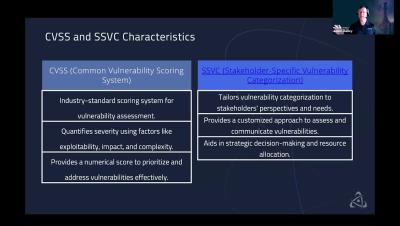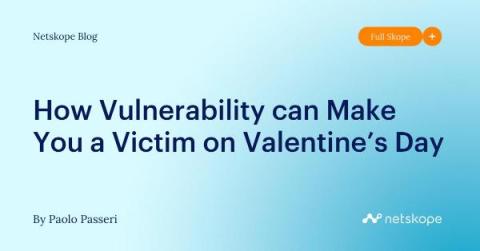National Cyber Security Centre (NCSC) Vulnerability Management Guidance Checklist
As of February 12, 2024, the National Cyber Security Centre (NCSC) has released Version 2.0 of its vulnerability management guidance. This update provides organizations with the latest strategies and practices to identify, assess, and manage cybersecurity vulnerabilities effectively. The NCSC’s updated guidance on vulnerability management outlines the importance of proactively managing vulnerabilities to secure technical estates.











